Home > Information > News
#News ·2025-01-02
Retrieval augmentation Generation (RAG) has become a powerful technique for augmenting large language models.
The RAG framework combines the benefits of a search-based system and a generative model for more accurate, context-aware and timely responses. With the growing demand for complex AI solutions, a number of open source RAG frameworks have popped up on GitHub, each with unique features and capabilities. What are the functions of the RAG framework?
 Oversimplified RAG workflow
Oversimplified RAG workflow
Retrieval augmentation Generation (RAG) is an artificial intelligence framework that enhances the power of large language models (LLMS) by integrating external sources of knowledge.
RAG works by retrieving relevant information from the knowledge base and using it to enhance the LLM's input, allowing the model to generate more accurate, up-to-date, and context-relevant responses.
This approach helps overcome limitations such as knowledge deadlines and reduces the risk of hallucinations in the LLM output.
While LangChain is a powerful tool for building LLM applications, it is not a direct replacement for RAG. Instead, LangChain can be used to implement RAG systems. Here's why you need RAG in addition to using LangChain:
Essentially, LangChain provides the tools and abstractions to build LLM applications, while RAG is a specific technique that can be implemented using LangChain to improve the quality and reliability of LLM output.
In this article, we will explore the top 10 RAG frameworks currently available on GitHub. These frameworks represent the cutting edge of RAG technology and are worth investigating by developers, researchers, and organizations looking to implement or improve their AI-powered applications.
GitHub star rating: 14.6k stars
 picture
picture
Haystack is a powerful and flexible framework for building end-to-end question answering and search systems. It uses a modular architecture that allows developers to easily create pipelines for a variety of NLP tasks, including document retrieval, question answering, and summarization:
Haystack's versatility and extensive documentation make it an excellent choice for both beginners and experienced developers implementing RAG systems.
https://github.com/deepset-ai/haystack
GitHub star rating: 11.6k
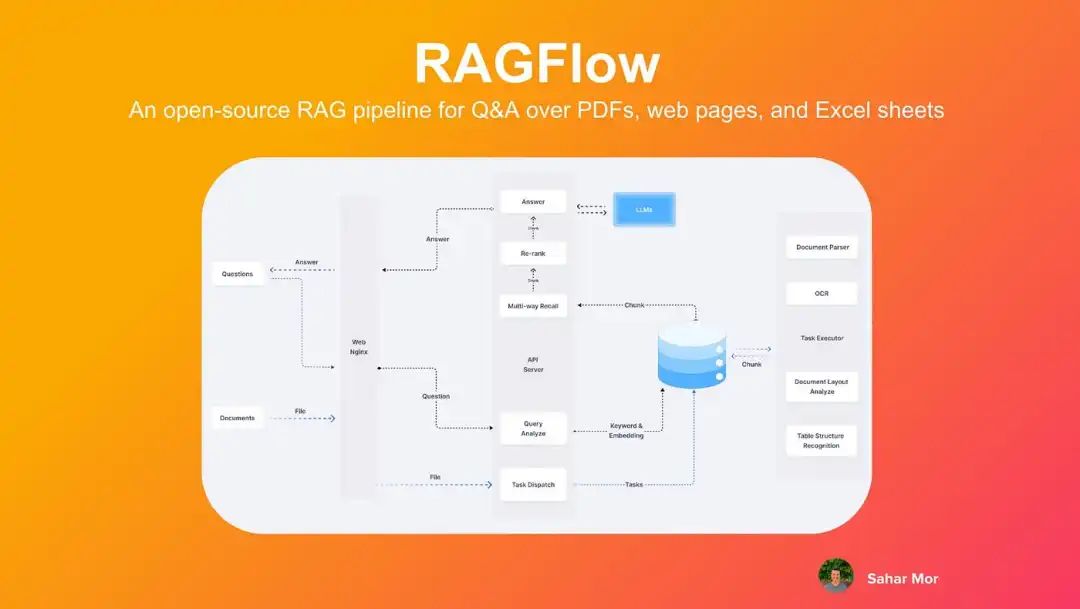 picture
picture
RAGFlow is a relatively new entrant to the RAG framework space, but has quickly gained traction due to its focus on simplicity and efficiency. The framework aims to simplify the process of building RAG based applications by providing a set of pre-built components and workflows:
RAGFlow's user-friendly approach makes it an attractive option for developers who want to quickly create and deploy RAG application prototypes without having to delve into the underlying complexities.
https://github.com/infiniflow/ragflow
GitHub Stars: 7.5k
 picture
picture
txtai is a versatile AI data platform that goes beyond the traditional RAG framework. It provides a comprehensive set of tools for building semantic search, language model workflows, and document processing pipelines:
txtai's all-in-one approach makes it an excellent choice for businesses looking to implement a variety of AI capabilities within a single framework.
https://github.com/neuml/txtai
GitHub star rating: 5,000 stars
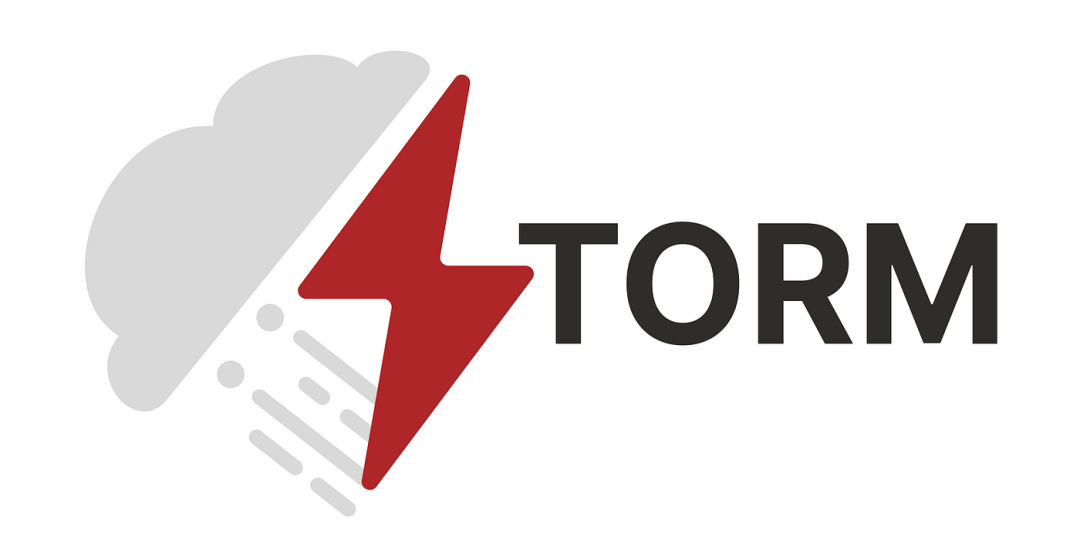 Stanford open source RAG model
Stanford open source RAG model
STORM (Stanford Open Source RAG Model) is a research-oriented RAG framework developed at Stanford University. STORM may have fewer stars compared to some other frameworks, but its academic background and focus on cutting-edge technologies make it a valuable resource for researchers and developers interested in the latest advancements in RAG technology:
For those looking to explore the cutting edge of RAG technology, STORM provides a solid foundation backed by rigorous scholarship.
https://github.com/stanford-oval/storm
GitHub star rating: 3.4K
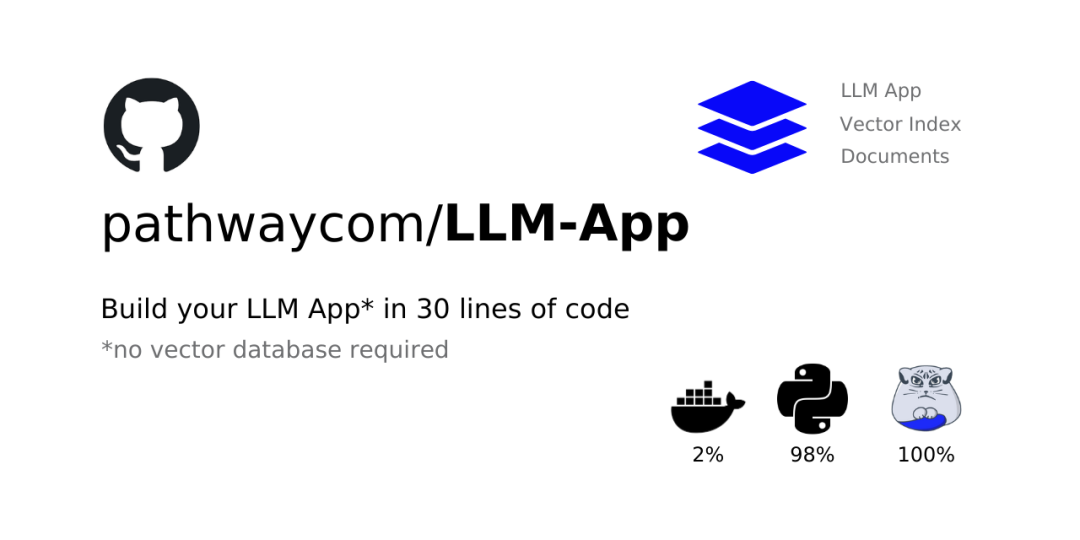 picture
picture
LLM-App is a collection of templates and tools for building dynamic RAG applications. Key features of LLM-App include:
LLM-App's emphasis on operational aspects and real-time capabilities makes it an attractive option for businesses looking to deploy production-ready RAG systems.
https://github.com/pathwaycom/llm-app
GitHub star: 3K star
 picture
picture
Cognita is a new entrant in the RAG framework space, focused on providing a unified platform for building and deploying AI applications. While it has a low star rating compared to some other frameworks, its comprehensive approach and emphasis on MLOps principles make it worth considering:
For businesses looking to streamline the entire ML lifecycle, Cognita's holistic approach to AI application development makes ita compelling choice.
https://github.com/truefoundry/cognita
GitHub stars: 2.5K stars
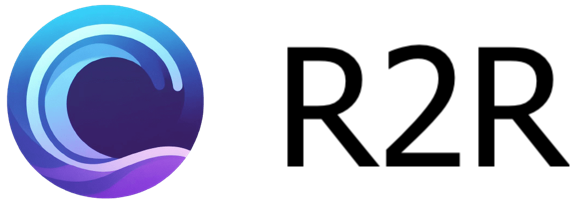 picture
picture
R2R (Retrieval to Retrieval) is a specialized RAG framework that focuses on improving the retrieval process through iterative improvements. While it may have fewer stars, its innovative retrieval methods make it a framework worth watching:
For developers and researchers interested in advancing retrieval technology, R2R offers a unique and powerful set of tools.
GitHub star: 909 stars
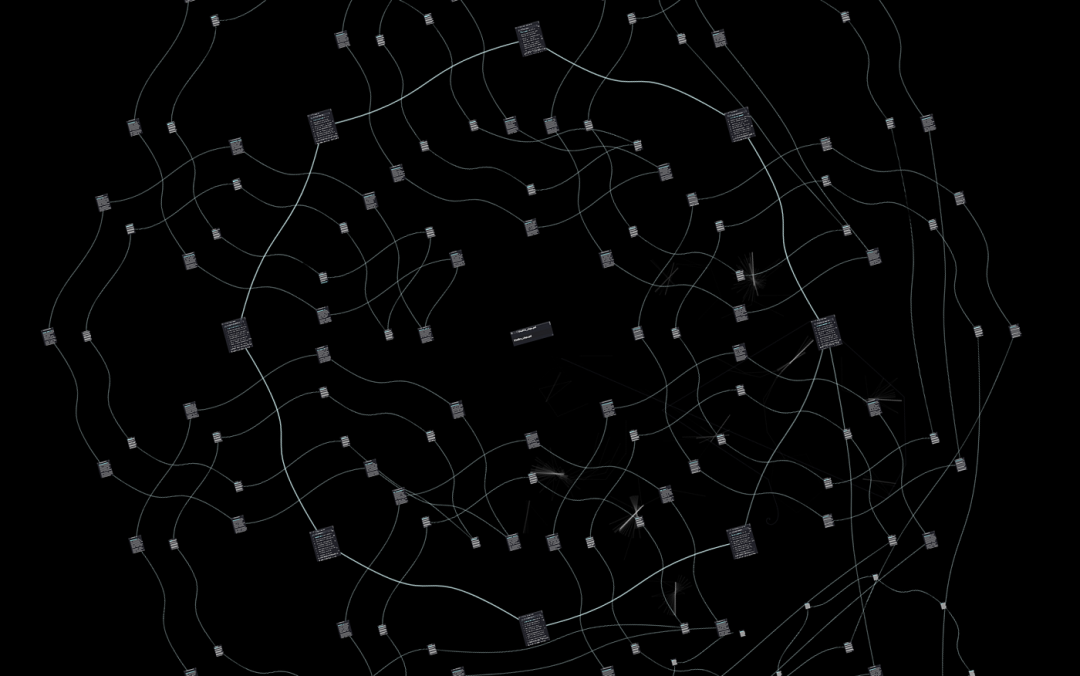 Neurite
Neurite
Neurite is an emerging RAG framework that aims to simplify the process of building AI-powered applications. While it has a smaller user base compared to some other frameworks, its focus on developer experience and rapid prototyping makes it worth exploring:
Neurite emphasizes simplicity and flexibility, which makes it an attractive option for developers looking to quickly implement RAG functionality in their applications.
https://github.com/satellitecomponent/Neurite
GitHub star: 905 stars
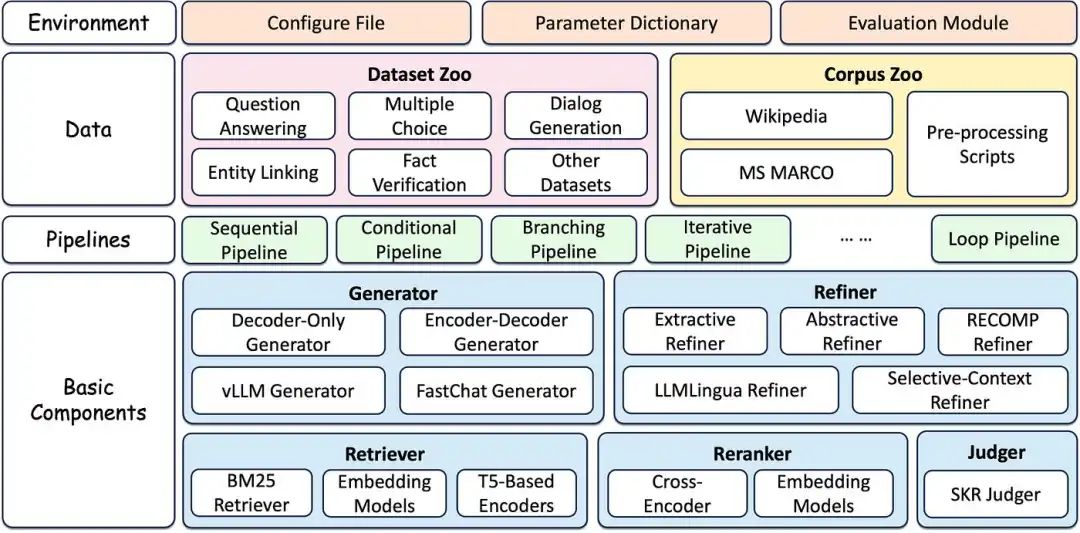 FlashRAG from the Laboratory of Natural Language Processing and Information Retrieval, Renmin University of China
FlashRAG from the Laboratory of Natural Language Processing and Information Retrieval, Renmin University of China
FlashRAG is a lightweight and efficient RAG framework developed by the Natural Language Processing and Information Retrieval Laboratory of Renmin University of China. The main features of FlashRAG include
For applications where speed and efficiency are critical, FlashRAG offers a dedicated set of tools and optimizations.
https://github.com/RUC-NLPIR/FlashRAG
GitHub star: 923 stars
Canopy is a RAG framework developed by Pinecone, a company known for its vector database technology. It leverage Pinecone's expertise in efficient vector search to provide a powerful, scalable RAG solution that:
With its focus on scalability and integration with the Pinecone ecosystem, Canopy is an excellent choice for businesses that have already used or are considering using Pinecone for their vector search needs.
https://github.com/pinecone-io/canopy
The world of RAG frameworks is diverse and evolving rapidly, and the ten frameworks we explore all have unique advantages and features. From comprehensive, proven Haystack to emerging professional frameworks such as FlashRAG and R2R, there is always a solution for every need and use case:
By carefully evaluating these factors and experimenting with different frameworks, you can find the RAG solution that best suits your needs and helps you build smarter, more context-aware AI applications. It is critical for developers and organizations looking to leverage the power of AI in their applications and services to stay informed of the latest developments in RAG technology.

2025-02-17

2025-02-14

2025-02-13
friend link


400-000-0000
立即获取方案或咨询
top